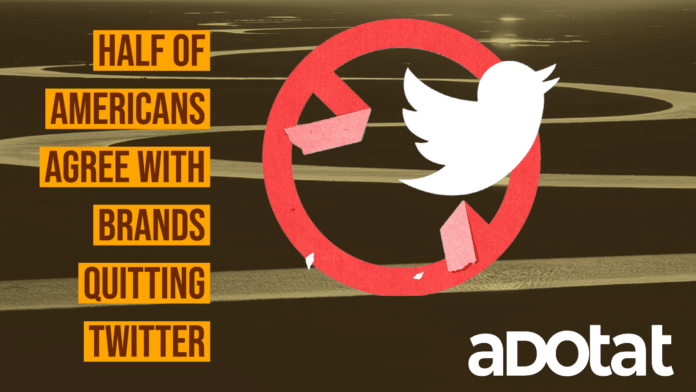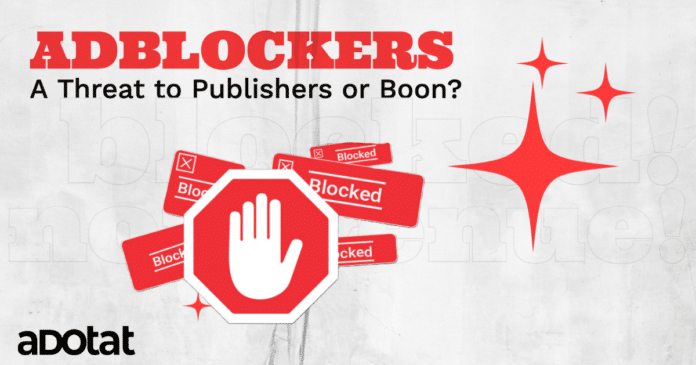The FTC continues to issue Notices of Penalty Offenses concerning FTC Endorsement Guide violations to digital advertisers and marketers, both alone and in conjunction with the issuance of FTC Civil Investigative Demands.
A Notice of Penalty Offenses is a document listing certain types of conduct that the FTC has determined, in one or more litigated administrative cases (not consent orders), to be unfair or deceptive in violation of the FTC Act. Civil penalties can help the Commission deter conduct that harms consumers. Because they can exceed what a wrongdoer earned through their misconduct, penalties are intended to send a message that preying on consumers will not be profitable.
Penalty Offense Authority is found in Section 5(m)(1)(B) of the FTC Act, 15 U.S.C. §45(m)(1)(B). Under this authority, the FTC can seek civil penalties if it proves that (i) the company knew the conduct was unfair or deceptive in violation of the FTC Act, and (ii) the FTC had already issued a written decision that such conduct is unfair or deceptive.
Companies that receive such Notice and nevertheless engage in prohibited practices can face civil penalties of more than $46,000 per violation.
Recent Notices concern, without limitation, endorsements. The FTC has issued and continues to issue Notices where it has determined that certain acts or practices in the use of endorsements and testimonials are deceptive or unfair and violate the FTC Act.
Per the FTC’s Notice of Penalty Offenses, “[i]t is an unfair or deceptive trade practice to fail to disclose a connection between an endorser and the seller of an advertised product or service, if such a connection might materially affect the weight or credibility of the endorsement and if the connection would not be reasonably expected by consumers.”
In support, the FTC cited Cliffdale Assocs., Inc., 103 F.T.C. 110 (1984), a case where “[n]one of the testimonials used in the respondents’ advertisements and promotional materials indicate that at the time of their writing, the testimonialists personally knew the manufacturers or various marketers…or were connected with them in any way.”
The FTC’s Endorsement Guides contain the same guidance.
Connections that are material to a consumer’s perception of the endorsement and that consumers would not reasonably expect must be “clearly and conspicuously disclosed.” A “material connection” can include, without limitation, payment, free or discounted products or services, or a family or employee relationship with the advertiser.
Anything that might affect the weight or credibility of the endorsement must be clearly and conspicuously disclosed. Attention should be paid to the placement of the disclosure in the advertisement and its proximity to the claim it is qualifying; the prominence of the disclosure; whether the disclosure is placed so prominently that a consumer will invariably see it; the extent to which items in other parts of the advertisement might distract attention from the disclosure; whether the disclosure needs to be repeated several times in order to be effectively communicated, or because consumers may enter the site at different locations or travel through the site on paths that cause them to miss the disclosure; whether disclosures in audio messages are presented in an adequate volume and cadence; whether visual disclosures appear for a sufficient duration; and whether the language of the disclosure is understandable to the intended audience.
The FTC actively polices relationships between advertisers and “influencers,” and review placement websites.
FTC attorneys continue to issue warning letters and CIDs, and to initiate enforcement actions against advertisers, app developers and influencers for purported failure to properly disclose material connections.
The FTC’s Penalty Offense authority is making a comeback because in April 2022 the Supreme Court found that the FTC lacks the authority to seek equitable monetary relief under Section 13(b) in federal court.
For example, the FTC has recently sent notices to over 700 national advertisers and advertising agencies highlighting deceptive endorsements and fake reviews, testimonials that make deceptive performance claims or fail to disclose a material connection between the endorser and the company.
The FTC is now even exploring rulemaking to combat fake reviews and other deceptive endorsements. This would include practices such as using fake reviews, suppressing negative reviews and paying for positive reviews.
The FTC has recently published an Advance Notice of Proposed Rulemaking (ANPR) seeking public comment on potential harms stemming from deceptive or unfair review and endorsement practices and whether a rule would help consumers and level the playing field for honest marketers.
“Companies should know by now that fake reviews are illegal, but this scourge persists,” said FTC attorney Samuel Levine, Director of the FTC’s Bureau of Consumer Protection. “We’re exploring whether a rule that would trigger stiff civil penalties for violators would make the market fairer for consumers and honest businesses.”
The ANPR seeks comment on the costs and benefits of a potential rule, as well as the pervasiveness and potential harms to consumers and competition from certain clearly deceptive or unfair practices involving reviews and endorsements including:
- Fake reviews: These include reviews and endorsements by people who do not exist or have not used the product or service or who lie about their experiences.
- Review reuse fraud: Some sellers hijack or repurpose reviews posted about another product or service.
- Paid reviews: Marketers may pay for positive reviews about their products or negative reviews about competitors’ products.
- Insider reviews: These include reviews written by a company’s executives or solicited from its employees that don’t mention their connections to the company.
- Review suppression: Companies might claim that their websites display all reviews submitted by customers when they suppress negative reviews or attempt to suppress reviews on other platforms by threatening the reviewers.
- Fake review websites: This is when a seller sets up a purportedly independent website or organization to review or endorse its own products.
- Buying followers: This involves buying or selling followers, subscribers, views, or other indicators of social media influence.
Takeaway: The FTC will continue to disseminate Notices of Penalty Offenses concerning Endorsement Guide violations. Digital marketers should consult with an FTC CID lawyer to design and implement best practices in order to minimize potential liability exposure.
Richard B. Newman is an FTC defense lawyer at Hinch Newman LLP.
Informational purposes only. Not legal advice. May be considered attorney advertising.





















